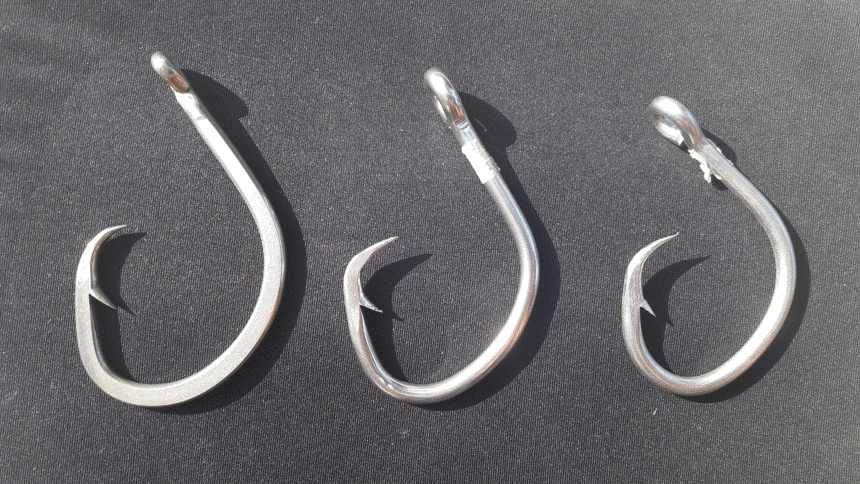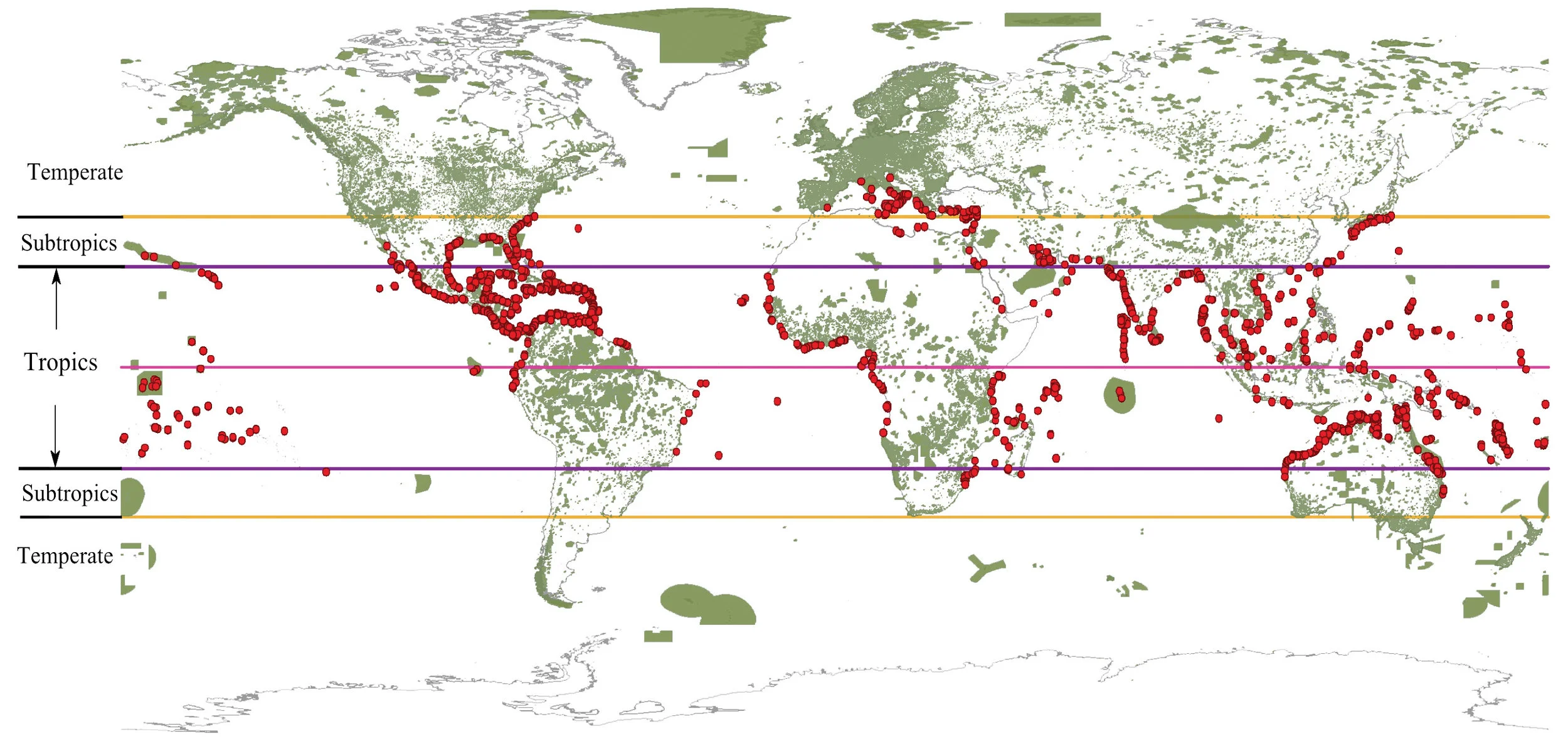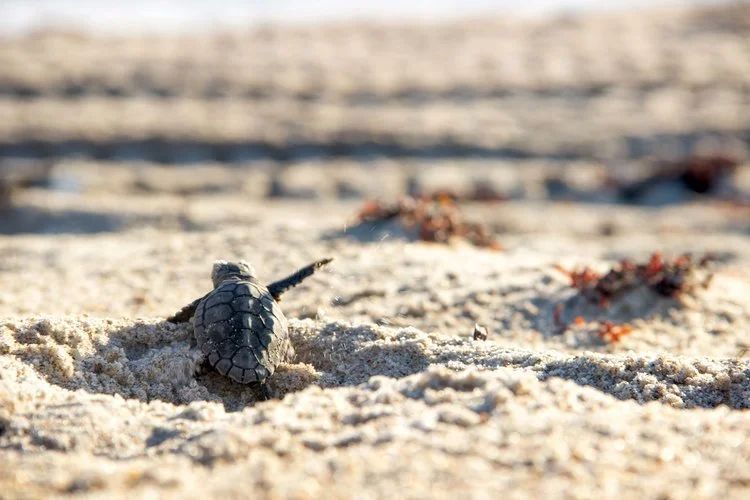Tending to the hundreds of debilitated sea turtles that wash ashore every year is a logistically complex operations that and carries risks for both the turtles and their rescuers. The Sea Turtle Preservation Society (STPS) has developed a set of best practices for transporting disabled turtles while mitigating some of the risks.
Read MoreHarmful algal blooms (HABs) have occurred on Florida’s west coast for centuries, with the first documented report of the HAB known as a red tide in 1844. Although many different organisms can cause HABs, the red tide that commonly affects the Gulf Coast of Florida is caused by a single-celled dinoflagellate known as…
Read MoreThanks to the latest advances in underwater cameras, researchers can now study sea turtle behaviors, habitat use, and fine-scale movements using an array of new technologies.
Read MoreThe Atlantic Ocean has served as a laboratory for pioneering work to save sea turtles. It is where Professor Archie Carr—and many whom he inspired— first addressed some profound mysteries that had stymied the conservation of such enigmatic marine animals. Loggerhead sea turtles …
Read MoreThanks to the decades of effort by dedicated beach monitors around the world we know where populations with positive trends are offering beacons of hope. Until recently, the Northwest Atlantic (NWA) leatherback, which nests throughout the Wider Caribbean region and spans the entire North Atlantic Ocean, even peeking into the Mediterranean, was one such beacon.
Read MoreIncidental capture of sea turtles in pelagic and coastal fisheries (also called bycatch) is arguably the greatest threat to sea turtles worldwide. Yet, until recently, there was practically no information regarding sea turtle interactions with longline fisheries in the southwestern Atlantic Ocean. The first studies about this topic were made public by Uruguayan researchers in 1998, the same year that Brazilian researchers presented a report about the incidental capture of loggerhead turtles by longline vessels in Brazil. Although the government insisted that incidental capture was very low, Brazilian NGOs such as Projeto TAMAR asserted the opposite.
Read MoreInformation from the SWOT database has been requested more than 100 times and is used in a variety of projects that aim to advance sea turtle research and conservation worldwide. Here, we highlight research that has drawn on SWOT data.
Read MoreWith their specialized biology and their unique behaviors, sea turtles tend to provoke a lot of questions. Spend an hour with someone who is watching a turtle nest for the first time, and inevitably the questions will come: How old do they get? Where will she go after she leaves the beach? Where did she mate? When will she come back? How long until the babies become adults?
Read More









